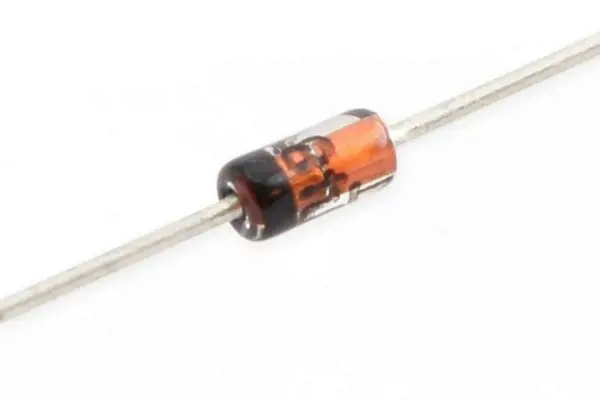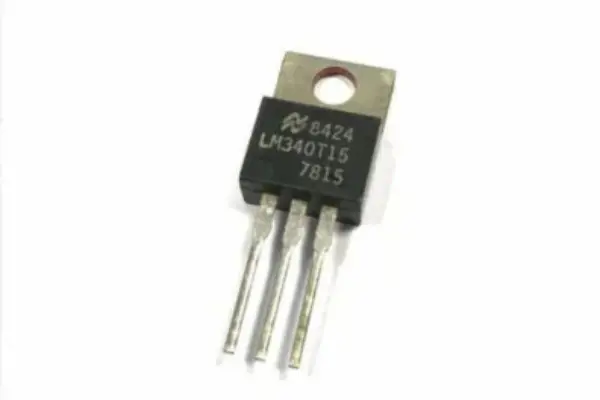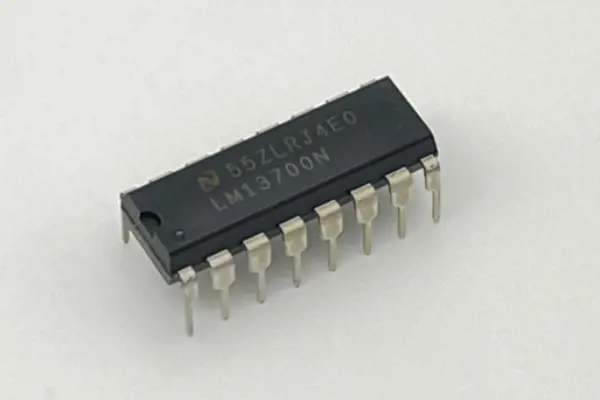RC4558 Op Amp: Datasheet PDF, Pinout Features and Equivalent
 Published: Dec 06, 2023
Published: Dec 06, 2023
Contents
RC4558 Description
The RC4558 is a dual general-purpose operational amplifier known for its versatility in various applications. It shares similarities with the LM741 but lacks the offset null capability. This amplifier offers a high common-mode input voltage range, suitable for voltage-follower setups. It's designed without latch-up issues and includes internal frequency compensation, ensuring stability without the need for additional components. With built-in short-circuit protection, it simplifies circuitry requirements for applications.

This component finds extensive use in DVD players, Guitar amplifiers, Geiger counter circuits, and audio amplification systems. As part of the older 1485 Op-Amp series, it may not match the specifications of modern Op-Amps but stands out for its cost-effectiveness and low power consumption. While reports suggest occasional quality variations, it remains a dependable choice across circuits compatible with the LM741.
In comparison to modern Op-Amps like OPA2134, the RC4558 consumes significantly less power, making it a practical option for designs prioritizing efficiency and affordability over cutting-edge specifications.
How to Use RC4558
This IC's functionality is demonstrated through a voltage-controlled oscillator circuit, detailed below. The design initially involves two separate op-amps, but the same function can be accomplished using the RC4558 IC. Voltage control is applied at Pin 2. A voltage divider network between Pins 2 and 3 ensures half of this voltage is directed to Pin 3.
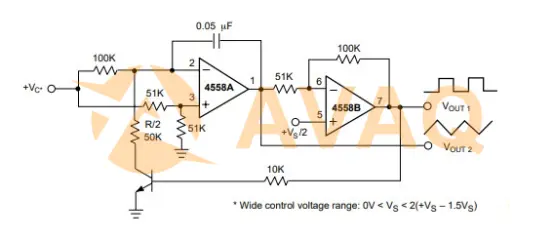
Op-amp A serves to create a triangular waveform upon IC power-up. Current flows from a 100k resistor, discharging a 0.05µF capacitor, ultimately generating a triangular wave at its output. This output is linked to op-amp B's input pin via a 51kΩ resistor. Op-amp B acts as a Schmitt trigger, monitoring the input voltage. When the input voltage surpasses the threshold level, it produces a HIGH signal at the output. Conversely, when the input voltage drops below this threshold, the output switches to zero. This process generates a square wave at the output.
RC4558 Functional Block Schematic

Noninverting amplifier schematic
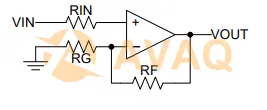
RC4558 2D-model

3D model
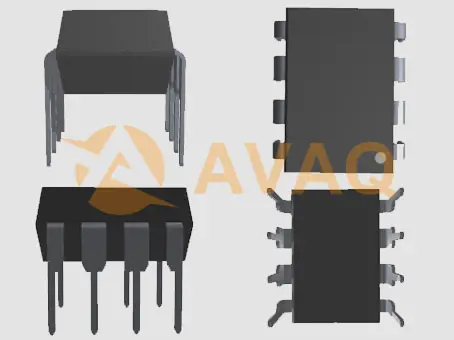
RC4558 Pinout

Pin Configuration and Functions
|
Pin Name |
Pin Number |
Type |
Description |
|
1IN+ |
3 |
I |
Noninverting input (Channel 1) |
|
1IN- |
2 |
I |
Inverting Input (Channel 1) |
|
1OUT |
1 |
O |
Output (Channel 1) |
|
2IN+ |
5 |
I |
Noninverting input (Channel 2) |
|
2IN- |
6 |
I |
Inverting Input (Channel 2) |
|
2OUT |
7 |
O |
Output (Channel 2) |
|
VCC+ |
8 |
|
Positive Supply |
|
VCC- |
4 |
|
Negative Supply |
Specifications of RC4558
- Number of channels: 2
- Total supply voltage (min): ±10 V (+5 V = 5, ±5 V = 10)
- Total supply voltage (max): ±30 V (+5 V = 5, ±5 V = 10)
- Gain Bandwidth Product (typical): 3 MHz
- Slew rate (typical): 1.7 V/µs
- Rail-to-rail: No
- Offset voltage at 25°C (max): 6 mV
- Quiescent current per channel (typical): 1.25 mA
- Voltage noise at 1 kHz (typical): 8 nV/√Hz
- THD + N at 1 kHz (typical): 0.0005%
- Rating: Catalog
- Operating temperature range: -40 to 85°C
- Output current (typical): 0.01 A
- Architecture: Bipolar
- Common Mode Rejection Ratio (typical): 90 dB
- Maximum input bias current: 500,000 pA
RC4558 Features
- Continuous Short-Circuit Protection
- Wide Common-Mode and Differential Voltage Ranges
- No Frequency Compensation Required
- Low Power Consumption
- No Latch-Up
- Unity-Gain Bandwidth: 3 MHz Typ
- Gain and Phase Match Between Amplifiers
- Low Noise: 8 nV/√Hz Typ at 1 kHz
- APPLICATIONS
- DVD Recorders and Players
- Pro Audio Mixers
RC4558 Applications(Where to Use)
The circuit below serves to convert a single-ended input ranging from 2 V to 10 V into a differential output spanning ±8 V.

Operating on a single 15-V supply, this setup intentionally limits the output range for improved linearity. It comprises two amplifiers: the first operates as a buffer, producing the voltage VOUT+, while the second amplifier inverts the input and incorporates a reference voltage to generate VOUT–. Both VOUT+ and VOUT– cover a range from 2 V to 10 V. The differential output, VDIFF, represents the disparity between VOUT+ and VOUT–.
Main Applications:
- Transducer Amplifiers: Used in amplifying signals from various transducers, converting physical quantities into electrical signals, for applications like sensors and measurement devices.
- Conventional Op-Amp Circuits: It finds extensive use in traditional op-amp configurations due to its stable performance, such as in voltage followers, adders, summers, integrators, differentiators, and other basic operational amplifier applications.
- DC Gain Blocks: Employed in systems requiring amplification of DC signals, contributing to the functionality of devices like digital multimeters and oscilloscopes where stable DC amplification is crucial for accurate measurements.
- Comparators for Loop Control & Regulation: Utilized in comparator circuits for loop control and regulation purposes, where precise comparison between two input voltages is necessary, commonly seen in feedback systems and control circuits.
RC4558 Package Outline

Plastic small outline package
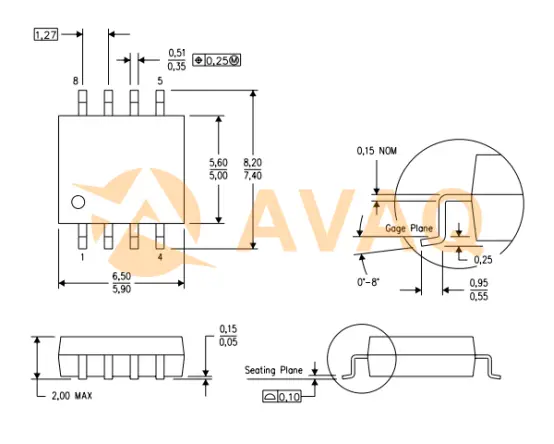
RC4558 Equivalent IC
The LM741 operational amplifier is often considered an equivalent or substitute for the RC4558 in various applications. Both ICs serve as general-purpose operational amplifiers and share similarities in their functionality. However, there are some differences between them, particularly in features like offset null capability and specifications like bandwidth and slew rate. Despite these disparities, the LM741 is commonly used as an equivalent IC for the RC4558 in many circuits where the specific characteristics of the RC4558 are not crucial.
RC4558 Alternatives Dual Op-Amp IC
|
IC |
Number of Channels |
Rail-to-Rail |
GBW (MHz) |
Slew Rate (V/µs) |
Offset Voltage (mV) |
Quiescent Current (mA) |
Noise at 1 kHz (nV/√Hz) |
THD + N at 1 kHz (%) |
CMRR (dB) |
Input Bias Current (pA) |
|
LM358 |
2 |
No |
1.2 |
0.7 |
2 |
1 |
35 |
0.003 |
65 |
45 |
|
MCP602 |
2 |
No |
10 |
4 |
3 |
0.35 |
18 |
0.0006 |
100 |
1 |
|
LM2904M |
2 |
No |
1.2 |
0.7 |
5 |
1.2 |
60 |
0.003 |
65 |
45 |
|
NE5532 |
2 |
No |
10 |
9 |
0.1 |
2.8 |
5 |
0.002 |
115 |
200 |
|
OPA2228 |
2 |
No |
22 |
9 |
0.1 |
5 |
4.5 |
0.00008 |
125 |
300 |
|
OPA2134 |
2 |
No |
8 |
20 |
0.1 |
8 |
8 |
0.00008 |
120 |
0.002 |
|
OPA2604 |
2 |
No |
20 |
9 |
0.1 |
5.8 |
4.5 |
0.00008 |
115 |
200 |
RC4558 vs JRC4558
|
Parameter |
RC4558 |
JRC4558 |
|
Manufacturer |
Various |
Japan Radio Corporation (JRC) |
|
Input Offset Voltage (mV) |
Approx. 6 |
Approx. 5 |
|
Input Bias Current (nA) |
Approx. 500,000 |
Not specified (varies) |
|
Slew Rate (V/µs) |
Approx. 1.7 |
Not specified (varies) |
|
Gain Bandwidth (MHz) |
Approx. 3 |
Not specified (varies) |
|
CMRR (dB) |
Approx. 90 |
Not specified (varies) |
|
Noise at 1 kHz (nV/√Hz) |
Approx. 8 |
Not specified (varies) |
|
Rail-to-Rail |
No |
No |
|
Supply Voltage (V) |
±10V to ±30V |
Not specified (varies) |
|
Applications |
Audio amplifiers, analog circuits, signal conditioning, data acquisition |
Audio amplifiers, analog circuits, signal conditioning, data acquisition |
RC4558 Op Amp Advantages and Disadvantages
Advantages:
- Channel Separation: Offers excellent channel separation, making it suitable for replacing the LM741 in compact single-op-amp setups.
- Versatility: Well-suited for use in differential-in, differential-out, and potentiometric amplifier applications, showcasing adaptability in diverse circuit configurations.
- Matched Phase and Gain: Features matched phase and gain, making it suitable for applications requiring synchronized gain and phase channels.
- High Common-Mode Input Voltage Range: Ideal for voltage follower applications due to its very high common-mode input voltage range.
- Standard Functionality: Capable of performing the fundamental functions of operational amplifiers while offering specific distinguishing features.
Disadvantages:
- Obsolete Specifications: Compared to modern op-amps, the RC4558 may have limited performance characteristics, as it belongs to an older series of op-amps (the 1485 series).
- Limited Features: Lacks certain modern features such as rail-to-rail operation and offset null capability available in more recent op-amp models.
- Performance Variation: Reports suggest occasional quality variations or deviations in performance, impacting consistency in some applications.
- Lower Bandwidth and Slew Rate: Offers a lower bandwidth and slew rate compared to some newer op-amp models, potentially limiting its use in high-frequency applications or circuits requiring faster response times.
- Higher Noise Level: Might exhibit higher noise levels compared to newer op-amp models, affecting performance in noise-sensitive applications.
Manufacturer
Texas Instruments stands as one of the leading manufacturers of the RC4558 operational amplifier, known for its broad semiconductor expertise. Under their brand, Texas Instruments consistently delivers high-quality electronic components, including the RC4558 dual operational amplifier. Renowned for reliability and versatility, Texas Instruments ensures this IC meets diverse industry needs across applications, showcasing their commitment to innovation and precision in semiconductor manufacturing.
Datasheet PDF
Download RC4558 op-amp>>
You may like: 5 Best Audio Amplifier IC in the Market 2023
RC4558DR In Stock: 5779 $0.058
 Popular Industry Focus
Popular Industry Focus
Hot Products
-
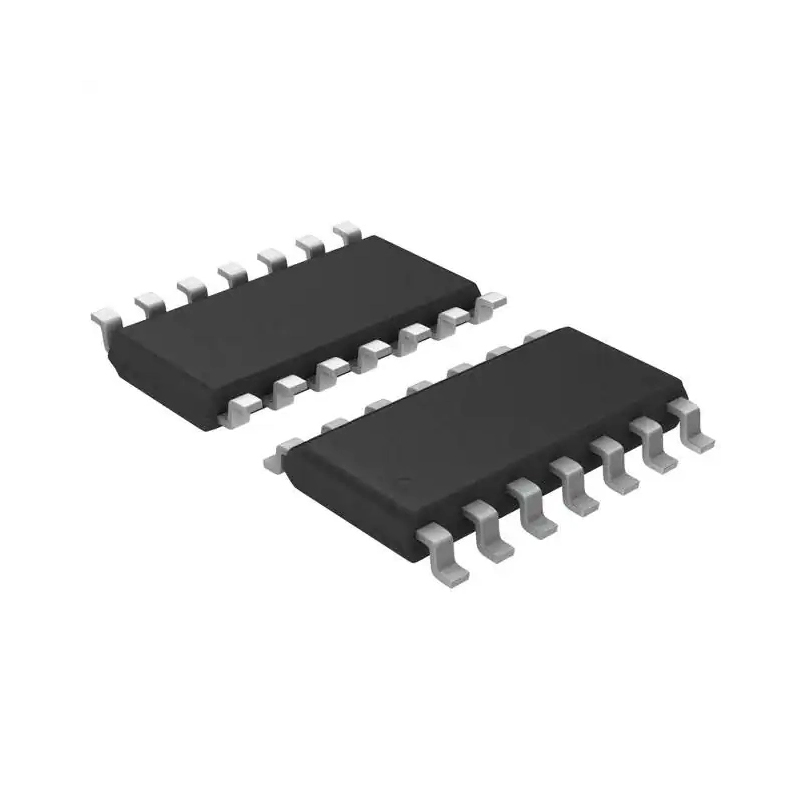
DS3680DE4
Texas Instruments, Inc
Telecom IC 14-SOIC
-
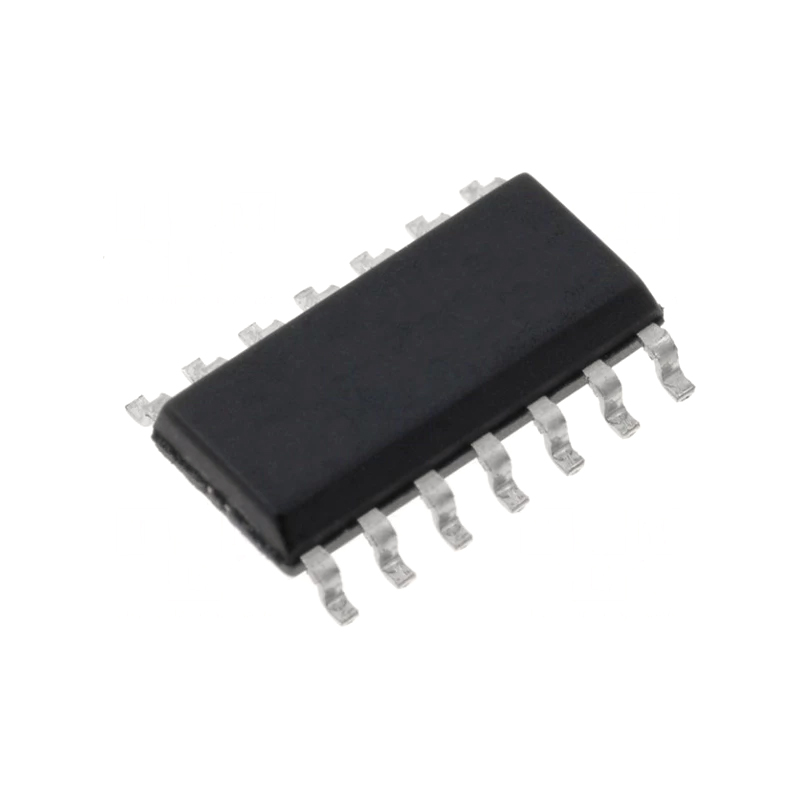
UC2845D
Texas Instruments, Inc
Single ended 500KHz current mode PWM controller with 8.4V/7.6V UVLO 50% duty cycle, -40C to 85C
-
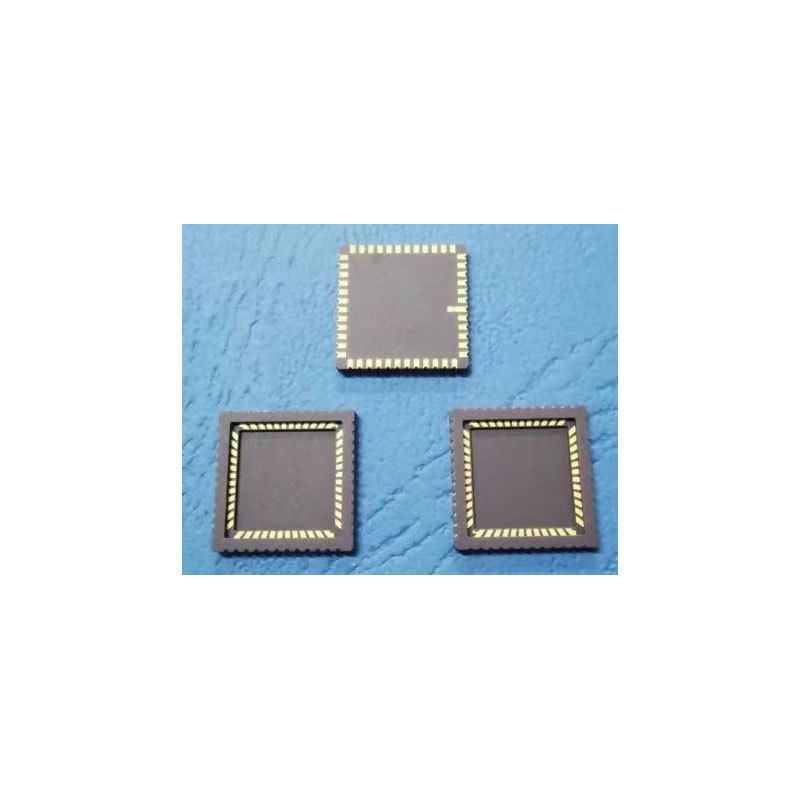
5962-85155052A
Texas Instruments, Inc
Low-Power High-Performance Impact<TM> PAL<R> Circuits
-
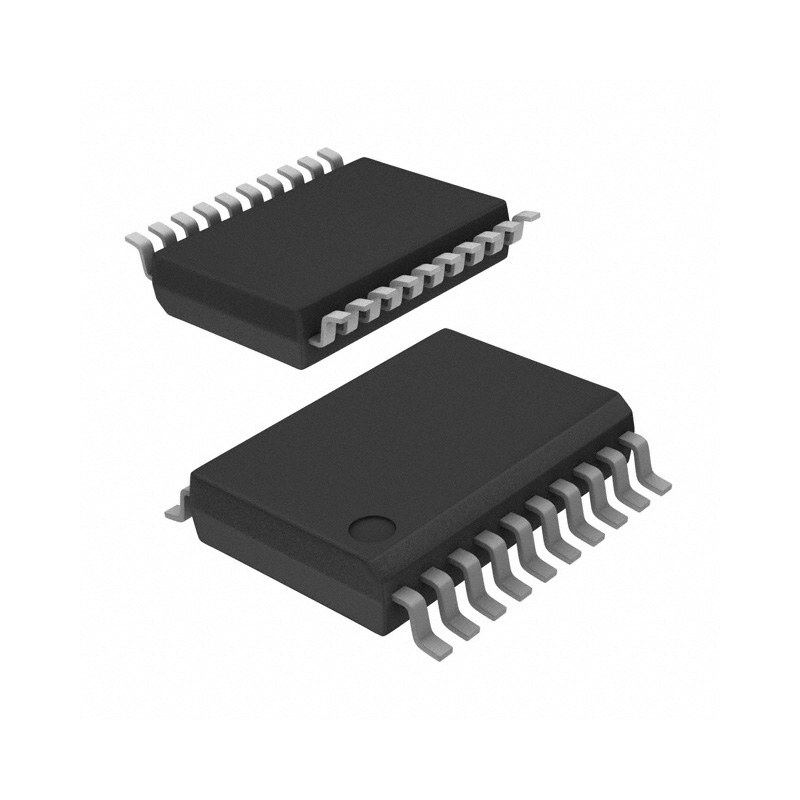
TPIC8101DWR
Texas Instruments, Inc
Vibration and Engine Knock Sensor Interface
-
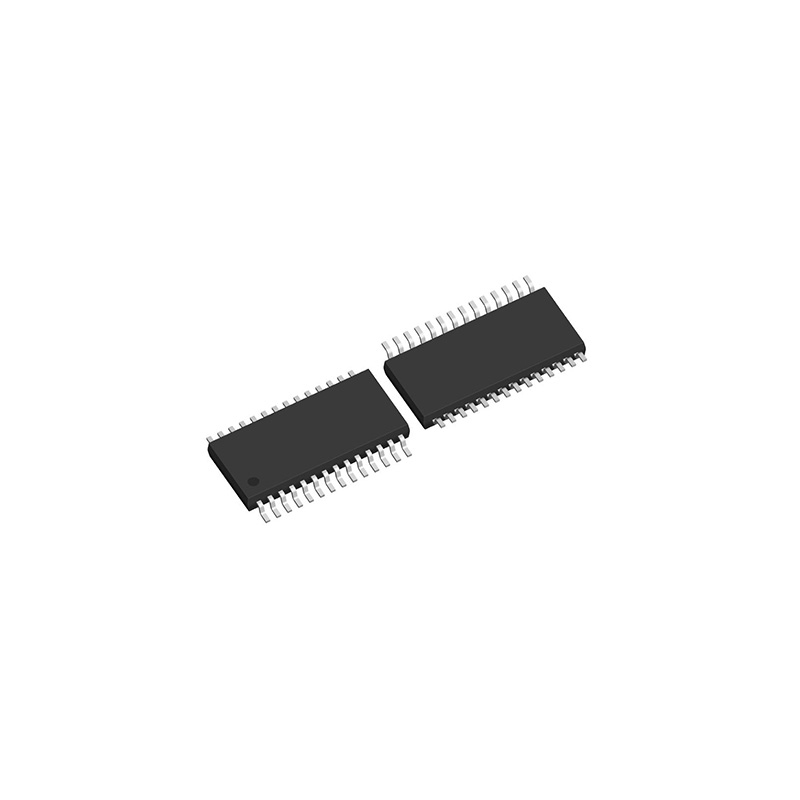
TPS65160PWPR
Texas Instruments, Inc
4-CH LCD Bias (2.8A Min. Boost Ilim. Up to 20V, 2A Min. Buck Ilim)
-
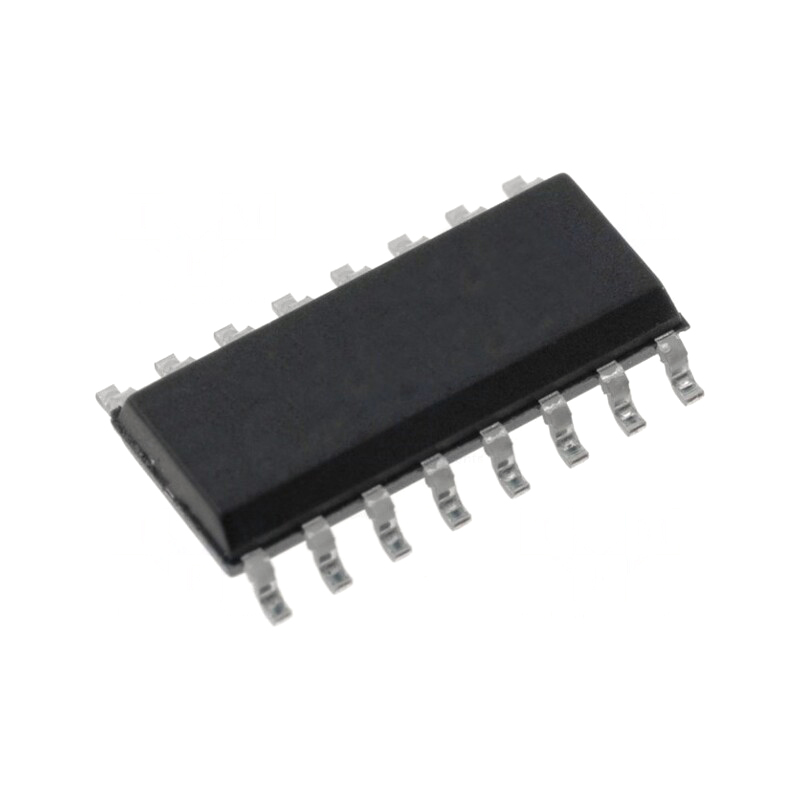
UCC3919D
Texas Instruments, Inc
Hot Swap Voltage Controllers 3-8V Single Commercial Temp.
Related Parts
-
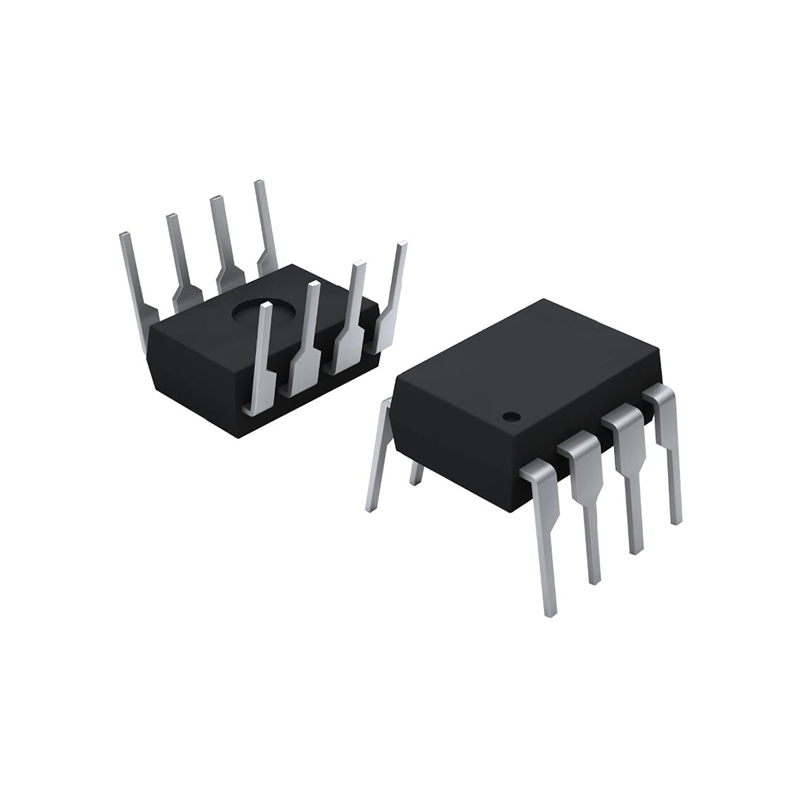
AD783SQ/883B
Analog Devices, Inc
Sample and Hold Amplifier 1 Circuit 8-CERDIP
-
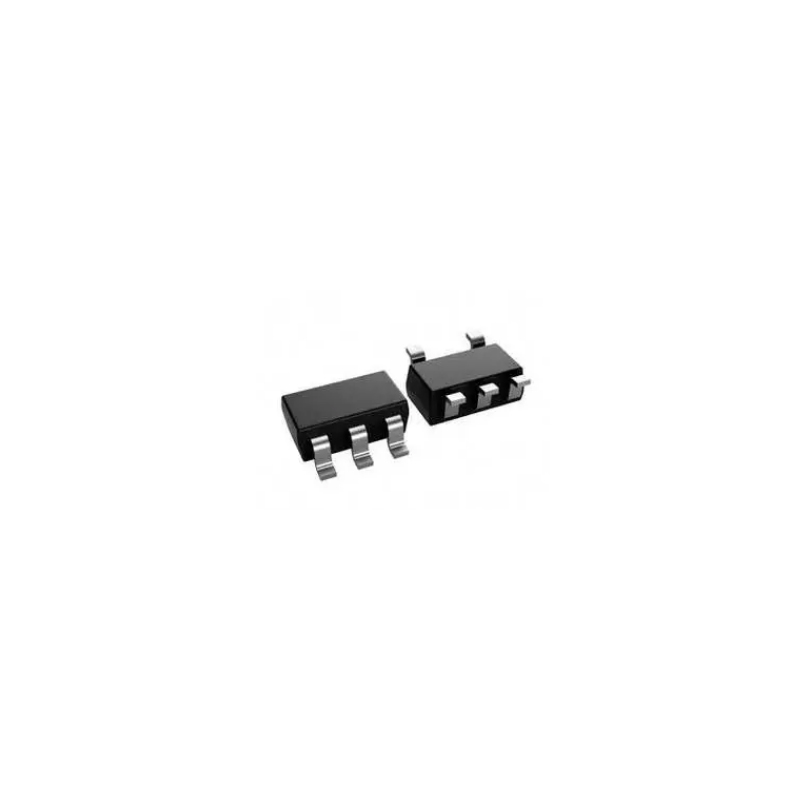
MIC841LYC5-TR
Microchip Technology, Inc
Windowed Comparator with Adj Hysteresis.
-
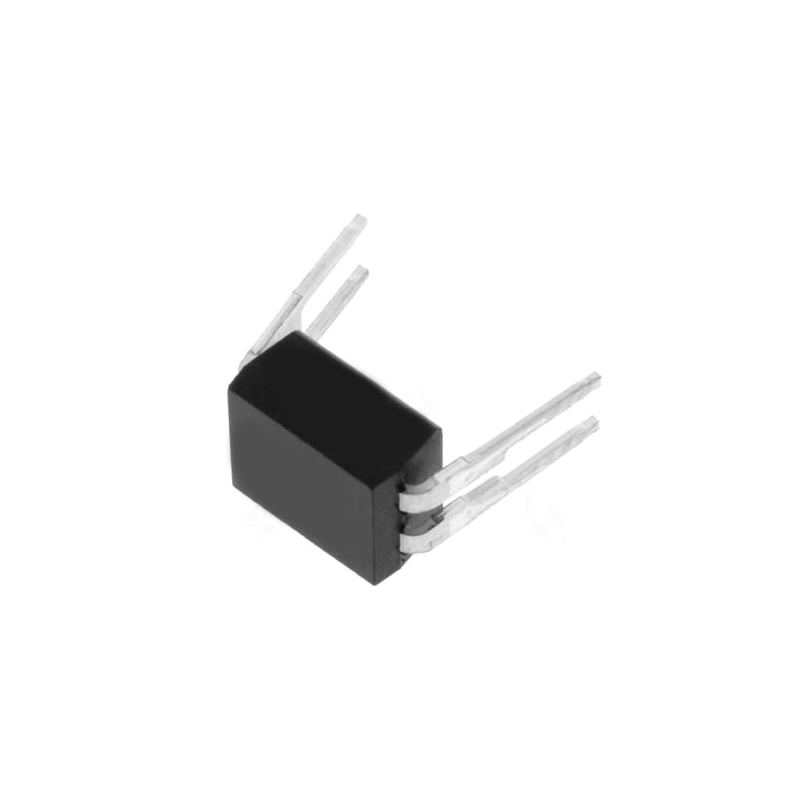
SMP04EQ
Analog Devices, Inc
Sample and Hold IC Data Acquisition 16-CERDIP
-
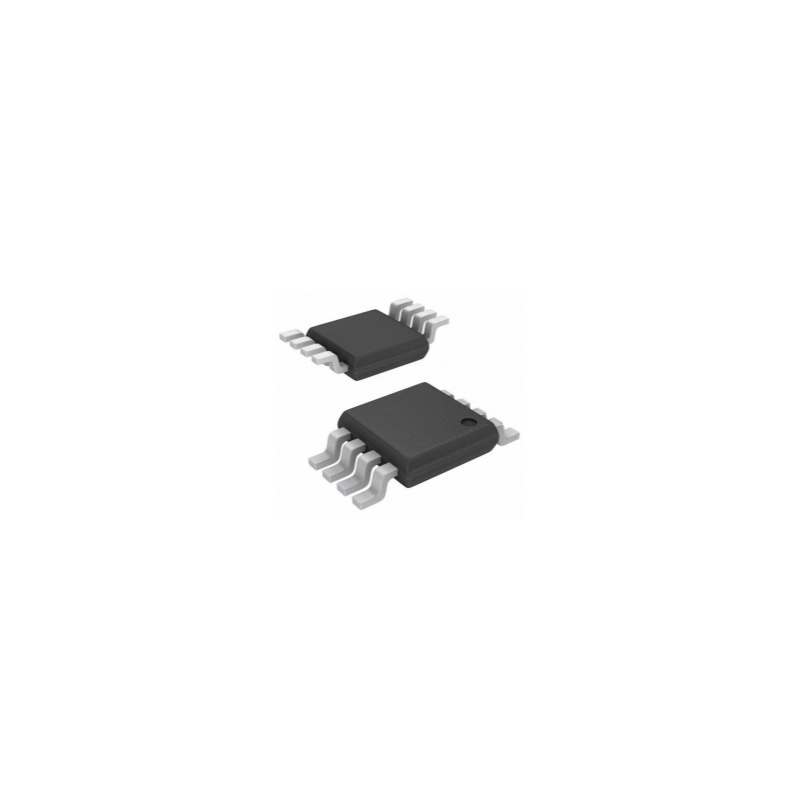
LMP8603QMME/NOPB
Texas Instruments, Inc
Current Sense Amplifier 1 Circuit 8-VSSOP
-
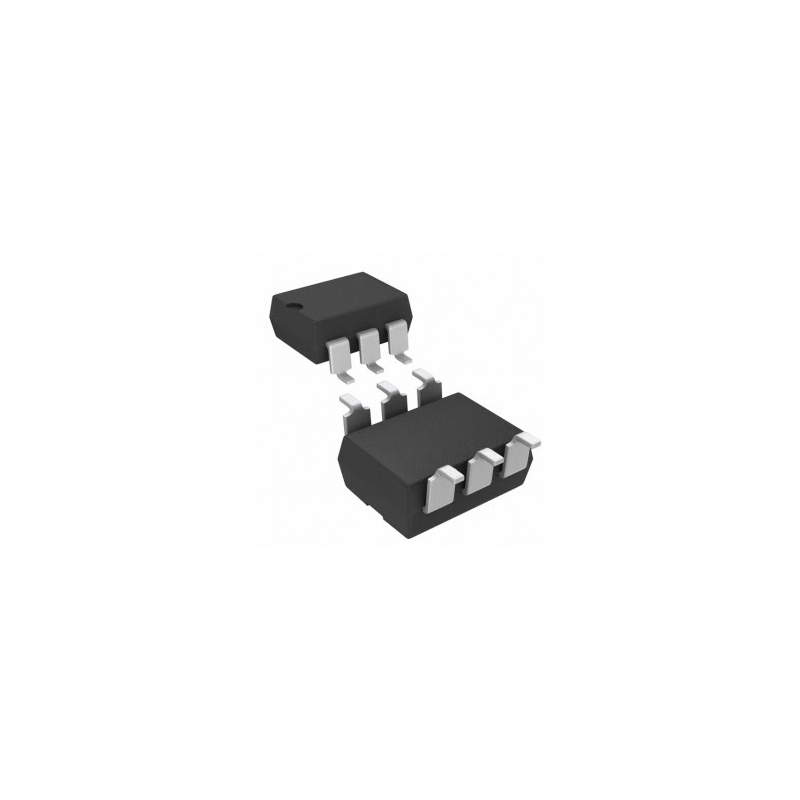
HFA1110IB
Renesas Technology Corp
Operational Amplifiers - Op Amps
-
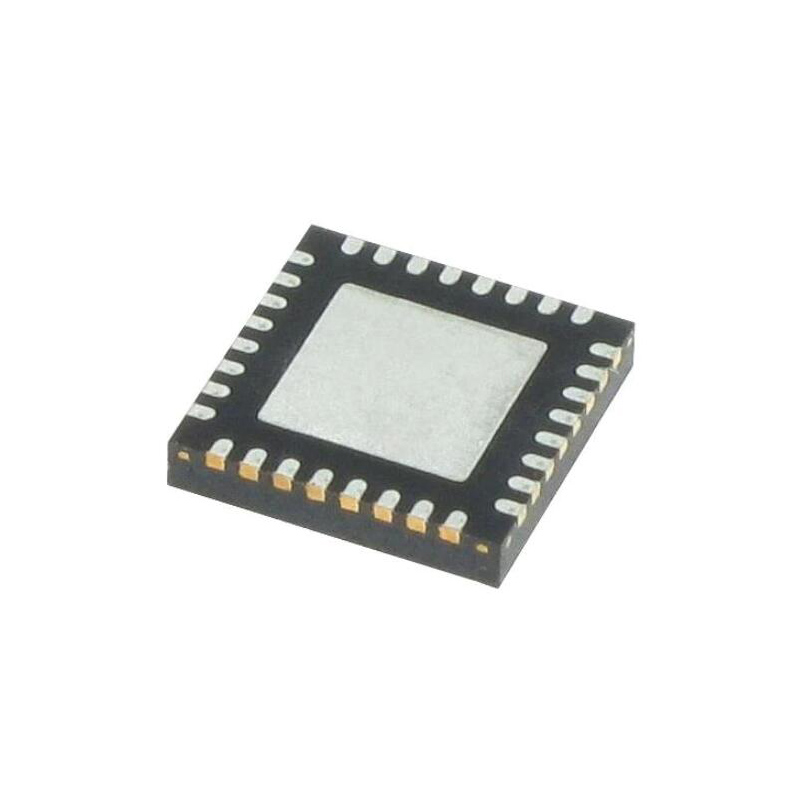
AD8392AACPZ-R7
Analog Devices, Inc
Low Power, High Output Current, Quad Op Amp, Dual-Channel ADSL/ADSL2+ Line Driver
-
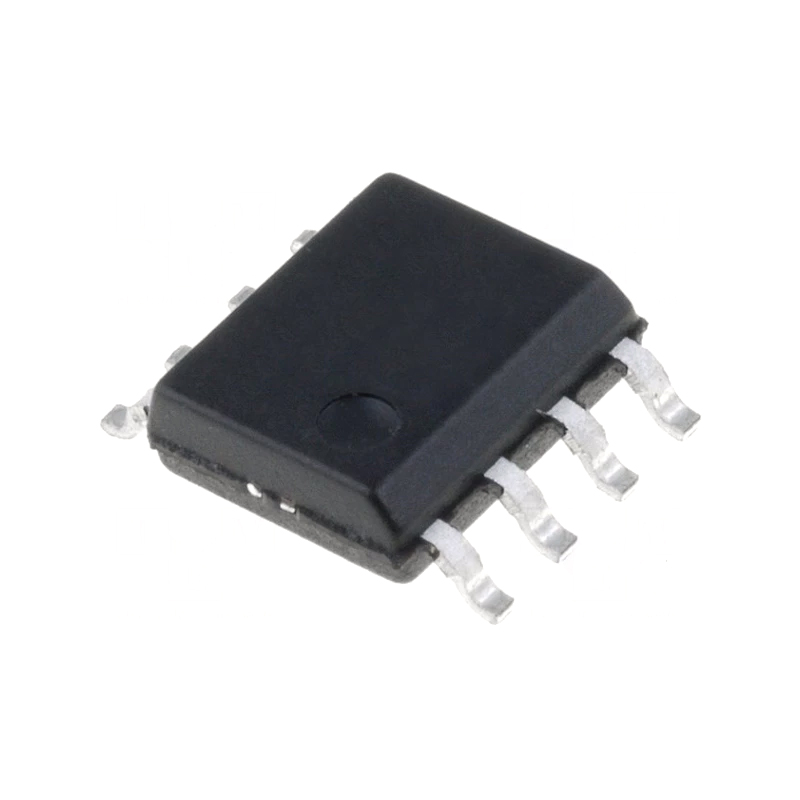
LF398S8#TRPBF
Analog Devices, Inc
Sample & Hold Amplifiers Prec Smpl & Hold Amp in SO8 Package
-

OPA361AIDCKR
Texas Instruments, Inc
3V Video Amplifier with Internal Gain and Filter
-

AD790JRZ-REEL7
Analog Devices, Inc
Fast, Precision Comparator
-

LF198WG-QMLV
Texas Instruments, Inc
Sample and Hold Amplifier 1 Circuit Single-Ended 14-CFP
-

AD8032BRZ
Analog Devices, Inc
2.7 V, 800 µA, 80 MHz Rail-to-Rail I/O Dual Amplifier
-

KA2901DTF
ON Semiconductor, LLC
Comparator, Quad
-

AMP04FSZ-R7
Analog Devices, Inc
Precision Single Supply Instrumentation Amplifier
-

AD623AR
Analog Devices, Inc
SP Amp INSTR Amp Single R-R O/P ±6V/12V 8-Pin SOIC
-

5962-8760801QZA
Texas Instruments, Inc
Sample and Hold 1-CH 20us 14-Pin CSOIC Tray

 Update Time: Dec 08, 2023 Consumer Electronics
Update Time: Dec 08, 2023 Consumer Electronics